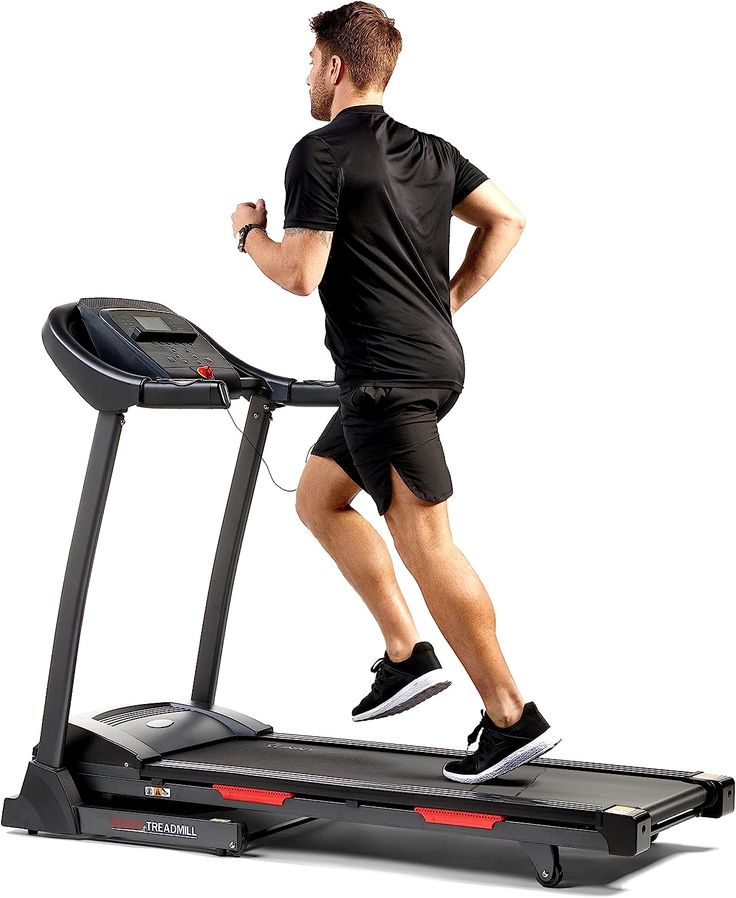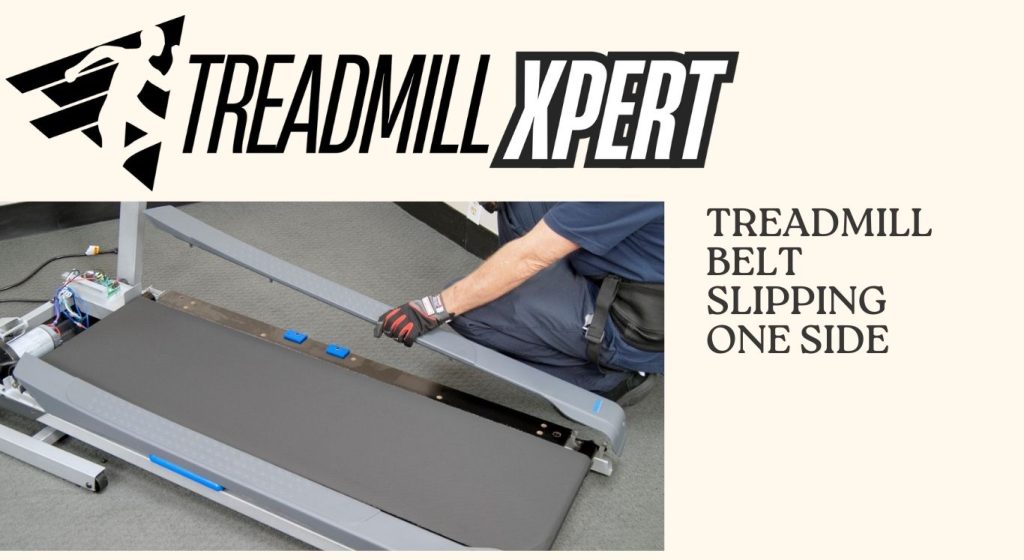How Is The Treadmill Belt Slipping? Causes, Dangers & Fixes
If you’ve ever stepped onto your treadmill and noticed that the belt feels off, wobbly, or even drifts to one side, you’re not alone. Many treadmill users ask, “How is the treadmill belt slipping?” This common issue can disrupt your workout and even pose a safety risk if not addressed properly.
In this detailed guide, we’ll cover:
-
What belt slipping means
-
Why it happens
-
The hazards involved
-
Materials used to adjust belts
-
Step-by-step troubleshooting
-
How to fix and prevent it
What Does “Treadmill Belt Slipping” Mean?
The treadmill belt is the continuous looped track that you walk or run on. It’s essential for the treadmill’s function, and it must stay centered, tight, and smooth to perform correctly. Treadmill belt slipping refers to:
-
The belt drifting to one side
-
The belt loosening and lagging underfoot
-
The belt shifting off center while in use
When this happens, it compromises safety, performance, and the lifespan of your machine.
Why Is the Treadmill Belt Slipping?
Several factors can lead to the belt slipping. Some common reasons include:
1. Loose Belt Tension
If the walking belt is not tight enough, it can slip under your feet or move off-center.
2. Uneven Flooring
Treadmills placed on an uneven surface can cause the belt to slide to one side.
3. Misaligned Belt
Over time, the belt can naturally shift off center and require manual alignment of treadmills.
4. Worn or Damaged Belt
Belts made from materials like PVC, rubber, or urethane can wear down, crack, or stretch, causing them to slip.
5. Dirt or Debris
Built-up grime underneath the belt can affect traction and cause slippage.
6. Damaged Components
Faulty rollers, bearings, or motor parts can cause belt misalignment or instability.

Is It Hazardous if the Treadmill Belt Is Slipping?
Yes—belt slipping is a serious safety hazard. Here’s why:
When the belt drifts, it can create an uneven walking surface, increasing the chance of tripping.
🔥 Belt Burn
If your leg brushes against the fast-moving, off-center belt, it can result in painful friction burns.
⚖️ Loss of Stability
A slipping belt throws off your natural stride, making it difficult to balance and increasing the risk of falling.
🛠️ Equipment Damage
A misaligned or loose belt can wear down the motor, deck, and internal components, leading to costly repairs.
Materials Commonly Used for Adjusting and Fixing a Slipping Belt
Understanding the tools and materials involved can help you fix or prevent slippage efficiently:
🔩 Belt Tension Bolts
-
Located at the rear roller
-
Made of steel
-
Used to increase or decrease belt tension
🔧 Allen Wrenches / Hex Keys
-
Used to turn tension bolts
-
Typically made of chrome vanadium steel
🛠️ Belt Tension Springs
-
Found in some high-end models
-
Help maintain consistent belt pressure
-
Made from hardened steel
🧴 Lubricants
-
Silicone-based treadmill lubricant
-
Reduces friction between the belt and deck
🧼 Cleaners
-
Chemical-based treadmill cleaners
-
Remove dirt, wax, or oil that could cause slipping
How Is The Treadmill Belt Slipping on One Side?
Here’s what to check if your belt is drifting to the left or right:
Step 1: Inspect Belt Condition
-
Look for signs of wear, cracks, or damage
-
Replace if the belt material is compromised
Step 2: Check Belt Alignment
-
A centered belt is crucial for safe operation
-
If it drifts consistently to one side, realignment is needed
Step 3: Evaluate Floor Level
-
Make sure the treadmill sits on a level surface
-
Use shims if necessary to balance it
Step 4: Check and Adjust Tension
-
Press the center of the belt; there should be 2–3 inches of give
-
Adjust rear roller bolts with an Allen wrench to tighten or center the belt
How to Fix a Treadmill Belt That’s Slipping to One Side
Here’s a step-by-step guide to help you resolve the issue:
Step 1: Turn Off and Unplug the Treadmill
Safety first! Always unplug before making any adjustments.
Step 2: Locate the Rear Roller Bolts
Find these bolts at the back end of the treadmill, on both sides.
Step 3: Adjust the Bolts
If the belt is slipping to the right:
-
Turn the left rear roller bolt 1/4 turn clockwise
If the belt is slipping to the left:
-
Turn the right rear roller bolt 1/4 turn clockwise
Repeat as needed, checking the belt position after each adjustment.
Step 4: Center the Belt
Run the treadmill at low speed (around 2 mph) and observe the belt. Adjust slowly until it’s perfectly centered.
Step 5: Check Tension
Push down on the belt with your hand—it should bounce slightly but feel secure. Adjust as necessary.

How to Prevent Treadmill Belt Slipping in the Future
✅ Keep Your Treadmill Clean
Dust, wax, or debris under the belt leads to traction issues. Clean your treadmill weekly with a treadmill-specific cleaner.
✅ Lubricate Regularly
Apply silicone-based lube every 3–6 months (or as recommended in your manual) to reduce friction and extend the life of your belt.
✅ Wear Proper Footwear
Use jogging shoes with good grip to avoid accidental slips.
✅ Avoid Over-Tightening
Over-tensioning can damage the belt and motor. Follow the manufacturer’s instructions carefully.
✅ Level the Surface
Place your treadmill on a flat surface or use a treadmill mat for extra stability.
When to Replace the Belt or Call a Technician
If the belt continues to slip even after adjustments, it might be time for:
-
Belt replacement due to wear or cracking
-
Roller or motor repair
-
Professional realignment or service
Consult your owner’s manual for guidance or contact a professional technician for assistance.
Final Thoughts on How Is The Treadmill Belt Slipping
Understanding how is the treadmill belt slipping and learning how to fix it not only improves your workout experience but also keeps you safe and extends the life of your treadmill. Regular maintenance, cleaning, and proper alignment are key to a smooth, injury-free workout.
